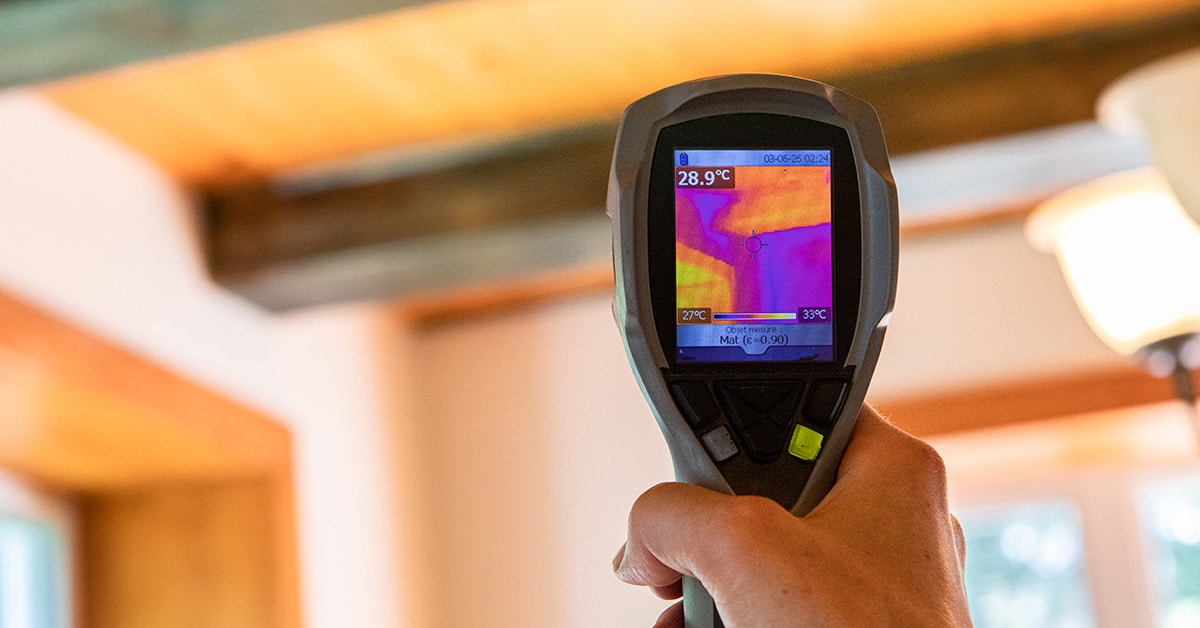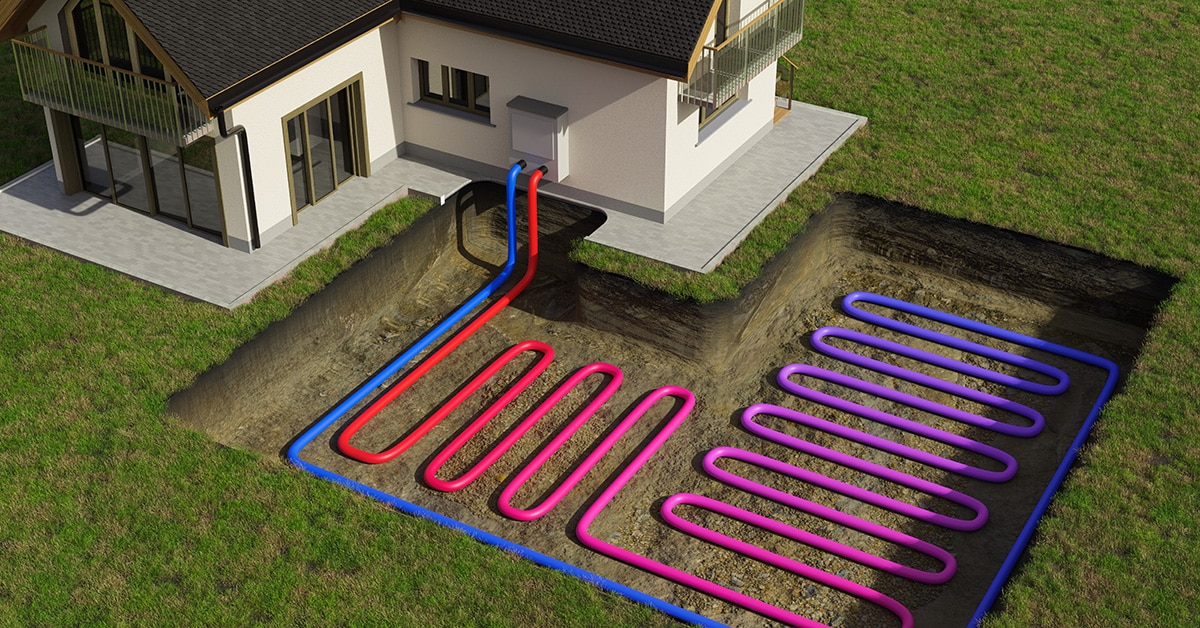Home Heating Cost Reduction Obligation (HHCRO) is a government scheme designed to support low-income households in the UK. The grant aims to reduce energy bills and improve the energy efficiency of homes by providing free or heavily subsidised insulation, heating, and draught-proofing measures.
HHCRO is an important initiative because it helps tackle fuel poverty, affecting many UK households. According to recent statistics, around 2.5 million families in the UK live in fuel poverty, meaning they cannot afford to heat their homes to a reasonable standard.
Fuel poverty can seriously affect their health and well-being, particularly during the colder months. This blog post will explain how HHCRO works, who is eligible for the scheme, and how to apply. We will also highlight the benefits of HHCRO for low-income households and the environment.
HHCRO Eligibility Criteria
To be eligible for HHCRO, you must meet specific criteria. The scheme primarily targets low-income households and those living in vulnerable situations.
The eligibility criteria include the following:
- Receipt of certain benefits. You may be eligible for HHCRO if you receive certain means-tested benefits such as Pension Credit, Child Tax Credit, and Universal Credit. You may also qualify if you receive particular disability or health-related benefits.
- Home energy efficiency. Your home must have an Energy Performance Certificate (EPC) rating of E, F, or G. This indicates that your home is poorly insulated and could benefit from energy efficiency measures.
Benefits of HHCRO
The HHCRO scheme can provide significant benefits to eligible households. By installing insulation, heating, and draught-proofing measures, HHCRO can help to reduce energy bills and improve the energy efficiency of homes. This can positively impact the health and well-being of households, particularly those who are vulnerable or have pre-existing health conditions.
HHCRO can also have wider benefits for the environment. By reducing energy consumption, the scheme can help to reduce carbon emissions and combat climate change. Additionally, by improving energy efficiency in homes, HHCRO can help reduce the demand for energy, which can positively impact the UK’s energy security and infrastructure.
Overall, HHCRO is an important initiative that provides support to those who are most in need. If you think you may be eligible for the scheme, it is worth exploring your options.
How HHCRO Works
HHCRO is part of the Energy Company Obligation (ECO), the largest energy suppliers fund in the UK. These suppliers must meet certain obligations under ECO, including supporting low-income households to improve their energy efficiency and reduce their energy bills.
HHCRO provides eligible households free or heavily subsidised insulation, heating, and draught-proofing measures. These measures include loft insulation, cavity wall insulation, solid wall insulation, boiler replacements, and heating system upgrades. The type of measure provided will depend on the household’s specific needs and the energy assessment recommendations.
By improving the energy efficiency of homes, these measures can help to reduce energy consumption and save households money on their energy bills. For example, loft insulation can prevent heat from escaping through the roof, while cavity wall insulation can prevent heat loss through the walls. Upgrading an old boiler or heating system can also improve energy efficiency and reduce energy consumption.
The installation process for HHCRO measures can vary depending on the measure type and the household’s specific needs. For example, loft insulation can be installed quickly and with minimal disruption, while solid wall insulation may take longer and require more extensive work. The installation process will typically be carried out by accredited installers trained to perform the work to a high standard.
Overall, HHCRO provides valuable support to low-income households by helping to improve the energy efficiency of their homes and reduce their energy bills. If you are eligible for the scheme, it is worth exploring your options and seeking advice from a qualified energy assessor or installer.
Applying for HHCRO
To apply for HHCRO, you will need to follow a specific process. The first step is to check whether you are eligible for the scheme by matching the eligibility criteria. You can find more information on the eligibility criteria on the government’s website or by contacting a qualified energy assessor or installer.
Once determined that you are eligible for the scheme, you must contact an accredited installer or energy supplier. They can carry out an energy assessment of your home to determine which measures would be most appropriate for your needs.
Following the energy assessment, the installer or supplier will provide you with a quote for the work that needs to be carried out. They will arrange to install the measures if you agree to the quote.
Role of Energy Suppliers
Energy suppliers play a critical role in the application process for HHCRO. They are responsible for funding the scheme and ensuring eligible households receive the support they need to improve their energy efficiency and reduce their energy bills.
Energy suppliers also work closely with accredited installers to ensure that the measures provided are of a high standard and meet each household’s specific needs.
Tips for Applying
When applying for HHCRO, there are a few tips that can help to make the process smoother:
- Research accredited installers and suppliers. Make sure you choose an accredited installer or energy supplier who is qualified and experienced in carrying out HHCRO measures.
- Please look at the process. Familiarise yourself with the application process and what to expect at each stage. This will help ensure you are prepared and know what to do if any issues arise.
- Be patient. The application process for HHCRO can take some time, mainly if there is high demand for the scheme. Be patient and follow up regularly to ensure that your application is progressing.
Applying for HHCRO can be straightforward, but be sure to work with accredited installers and energy suppliers. By taking the time to research and prepare, you can ensure you receive the support you need.
Conclusion
HHCRO is an important scheme that provides valuable support to low-income households in the UK. By improving the energy efficiency of homes, the measures can help to reduce energy consumption and save families money on their energy bills. In addition to the financial benefits, improving energy efficiency also helps to reduce carbon emissions and support the environment.
To be eligible for HHCRO, households must meet specific criteria, including income and property requirements. In addition, the application involves an energy assessment, quotation, and installation by accredited installers or energy suppliers.
If you are eligible, it is worth exploring your options. Seek advice from a qualified energy assessor or installer. By taking advantage of the scheme, you can improve your home’s energy efficiency, reduce energy bills, and support the environment.
Overall, HHCRO is a valuable resource for low-income households in the UK. By sharing this information with those who may be eligible, you can help ensure that more people are aware of the scheme and can take advantage of the support available.


